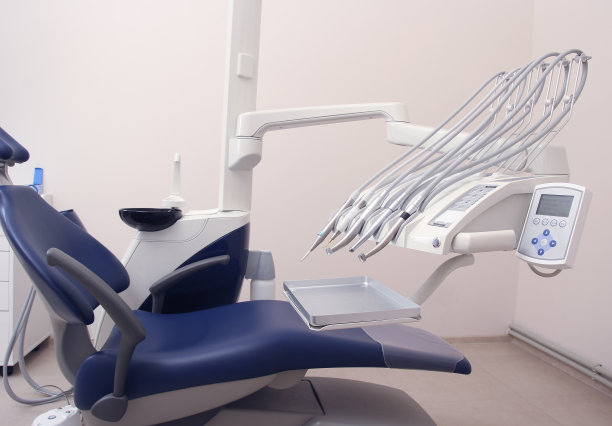The Essential Guide to Understanding the Process and Recovery of Extracting a Tooth for Optimal Oral Health
Summary: Understanding the intricacies of tooth extraction is essential for anyone seeking optimal oral health. This guide explores the reasons for tooth extraction, the detailed process involved in the procedure, the recovery steps post-extraction, and crucial aftercare tips for maintaining oral hygiene. By following this essential guide, patients will gain insights into what to expect during and after their tooth extraction, paving the way for better dental health and recovery outcomes.
1. Reasons for Tooth Extraction Explained

Tooth extraction can be necessary for several reasons, each tied to maintaining or improving oral health. One of the most common reasons for extraction is dental decay that has progressed beyond repair; when a tooth is severely damaged, removal may be the only option. In such cases, dentists will utilize X-rays to assess the extent of the decay before recommending extraction.
Periodontal disease is another significant reason a tooth may need to be removed. When the supporting structures of the teeth, including gums and bone, are compromised due to infection or inflammation, extraction can help prevent further damage to adjacent teeth.
Additionally, orthodontic treatment may also necessitate tooth extraction. In situations where overcrowding occurs, removing certain teeth can create space necessary for proper alignment. This procedure is carefully planned to take into account the overall dental health and future alignment of the teeth.
2. The Tooth Extraction Process Overview
The process of tooth extraction typically begins with a thorough dental examination to ensure the procedure is needed and to review the patients medical history. Dentists may conduct imaging tests like X-rays to visualize the tooths position and bone health. Based on these findings, the patient is briefed on what to expect during the surgery.
During the extraction itself, the dentist administers anesthesia to minimize discomfort. Local or general anesthesia may be used, depending on the complexity of the extraction. The dentist then carefully loosens the tooth from the socket using specialized instruments, ensuring minimal trauma to the surrounding tissues.
Once the tooth is removed, the Dentist will provide aftercare instructions to promote healing and minimize the risk of complications. Patients may receive gauze to bite down on, which helps stem bleeding and encourages the formation of a blood clot, a vital part of the healing process.
3. Recovery Steps After Tooth Extraction
Recovery after a tooth extraction is crucial for ensuring a smooth healing process. Initially, patients might experience some swelling and discomfort, both of which can be managed with prescribed pain relievers or over-the-counter medications. Rest is advised during the first 24 hours, reducing physical activity to aid in recovery.
During the first few days, patients should stick to a diet of soft foods and avoid anything too hot or spicy, which can irritate the extraction site. Cold compresses can be applied to the swollen area to provide soothing relief and reduce inflammation.
As the healing progresses, it is essential to maintain good oral hygiene without disturbing the extraction site. Gentle rinsing with warm salt water can be beneficial, as it helps cleanse the mouth while minimizing the risk of infection. Following the dentists aftercare instructions promotes faster recovery and minimizes complications.
4. Aftercare Tips for Maintaining Oral Health
Post-extraction, it is vital to adhere to a strict oral hygiene routine to keep the mouth free from bacteria. Patients should be careful not to brush the extraction site for at least 24 hours, allowing the initial healing to occur without disruption. After this period, gentle brushing can gradually be reintroduced.
Staying hydrated is also essential, but patients are advised to avoid using straws, as the suction may dislodge the blood clot and lead to complications such as dry socket. Such precautionary measures contribute significantly to a healthy and complication-free recovery.
Finally, follow-up appointments with the dentist are crucial to ensure proper healing and address any concerns that may arise. Regular check-ups help maintain optimal oral health, making it easier to catch and treat any potential issues before they escalate.
Summary:
In summary, understanding the process of tooth extraction and its recovery is key to achieving optimal oral health. By recognizing the reasons for extraction and following the outlined recovery and aftercare steps, patients can ensure a smoother journey to dental wellness.
This article is compiled by Vickong Dental and the content is for reference only.


